Beirut Design Week looks to the future of making, challenging the need for design
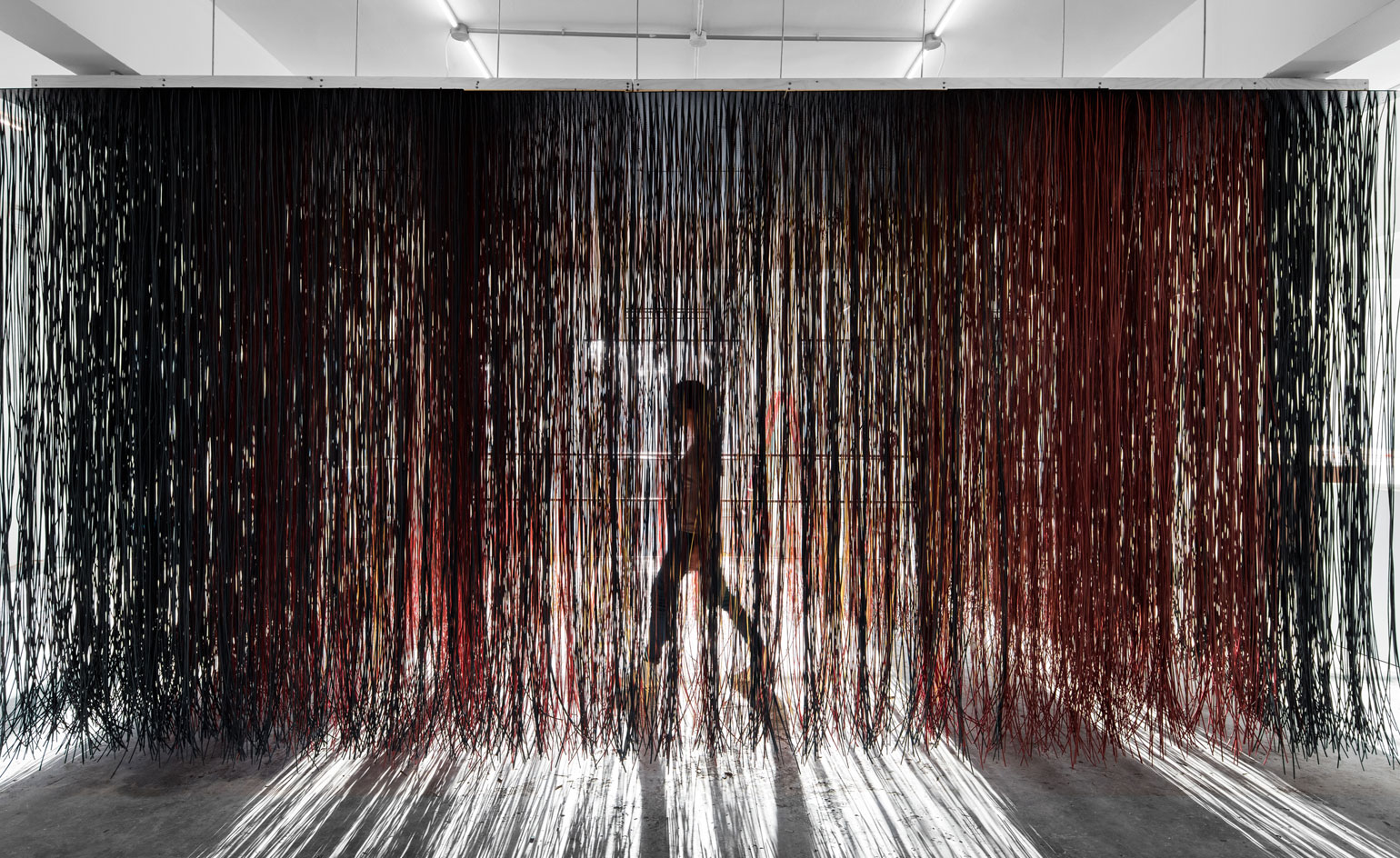
In a city as colourful, rich and challenging as Beirut, you would expect a design week to be thought-provoking and fascinating. And the sixth edition of Beirut Design Week did not disappoint. Provocatively titled ‘Is Design a Need?’, the event’s central exhibition in the KED building in the north of the city brought together experimental, emerging and conceptual designers under one roof.
For Beirut Design Week director and co-founder Doreen Toutikian design isn’t about ‘pretty objects or high-end materials, but about asking critical questions about the value of design and who it is for’. Undoubtedly the most thought-provoking show was ‘Speculative Needs’, which catapulted the viewer into a future where the inexorable consequences of oversharing and our technology addiction were explored through a series of items made out of cheap, mass-produced elements that looked both futuristic and deceptively playful.
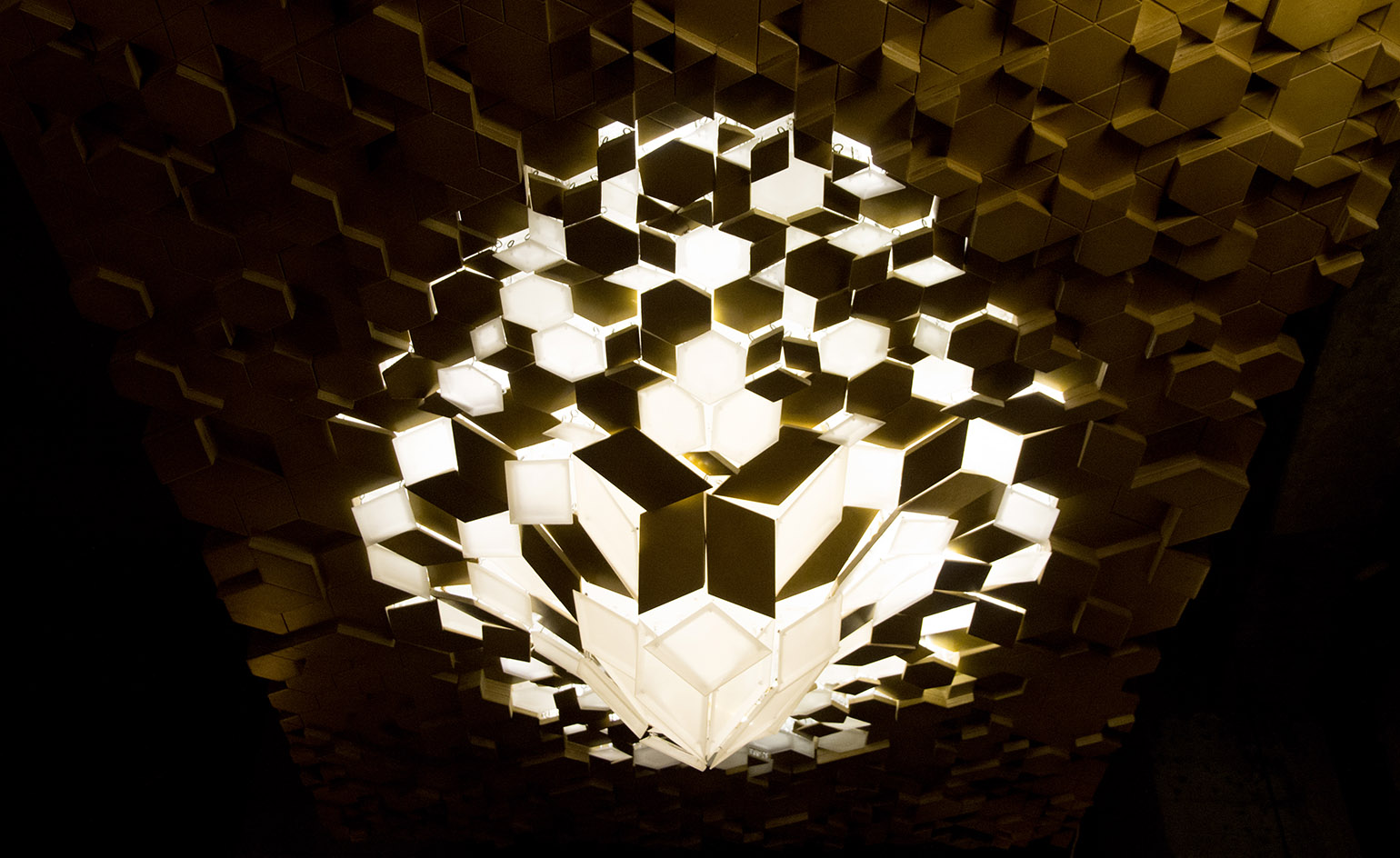
Heaven Earth installation by crafts and design studio Damj. Courtesy of Mena DRC
'Tools of Greeting' was a series of contraptions that allow people to take a sample of their own DNA to hand over instead of business cards, while 'Sensual Robots' is a collection of sex toys that brings back some of the intimacy and tactility of human interaction in an age where highly sophisticated customised sex toys has made sex obsolete.
Other highlights at KED were a series of poetic white marble sculptures by architect and designer Karma Dabaghi designed to acknowledge and help process loss and grief (each piece contained a void that represented a constant absence); a collection of beautiful tabletop accessories by Viennese outfit zerunianandweisz who worked with Roma craftspeople in Transylvania and artisans in Tripoli to create sumptuous copper and brass cups, bowls and more sculptural pieces.
Four women graphic designers showed their own personal work of which the standout were Rana Zaher’s richly layered drawings depicting ancient Mesopotamian creatures and deities framed by Assyrian decorative motifs. A closer look at the prints, which were inked by hand, revealed a series of burgundy constellations dotted around the works that were inspired by the writings of Persian astronomer Abd al-Rahman al-Sufi. 'In the last ten years you have started to see this reawakening,' explains Toutikian, 'designers looking for something local and culturally relevant and exploring aesthetics that specifically relate to us as opposed to something bland or more international.'
Off-site there was much to see as well. Annabel Karim Kassar’s plans to bring a sumptuous 19th century Ottoman mansion back to life were beautifully presented in a small pop-up exhibition while a bright pink two-storey shed located in a parking lot near KED provided relief from the noise of the surrounding motorway. Titled 'The Silent Room,' the piece by Nathalie Harb was designed to allow people to retreat from the physical, visual and virtual assault on our sense of contemporary consumer society. Getting away from this ‘noise’ is a need that should be afforded to everyone believes Harb, not just the privileged few who can afford it.
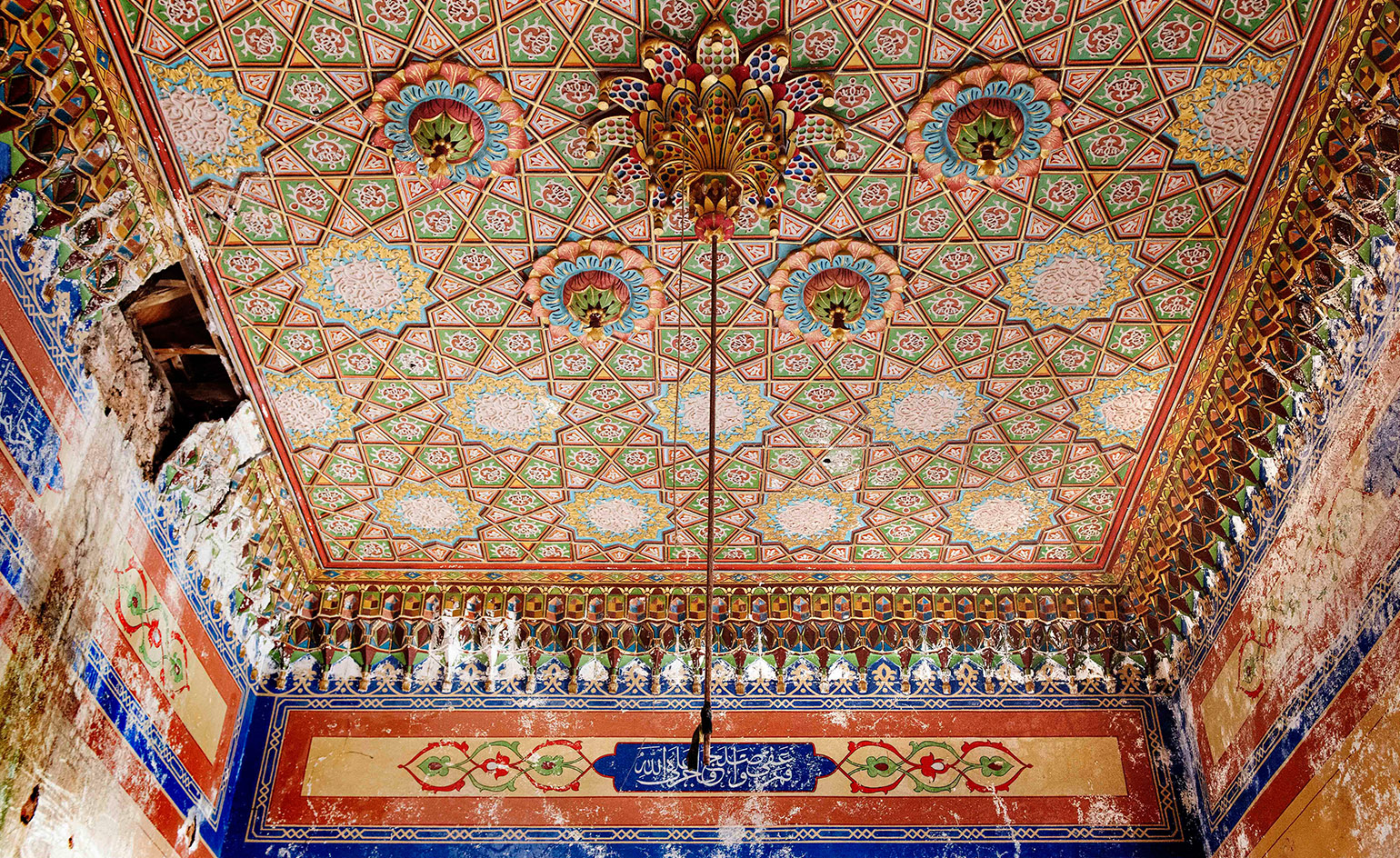
The beautifully ornate ceiling of Beit Kassar, a three-storey mansion in Beirut’s central Gemmayze district that was built in the final decades of the Ottoman Empire, is about to be meticulously restored by Annabel Karim Kassar and a team of local restorers and architects.
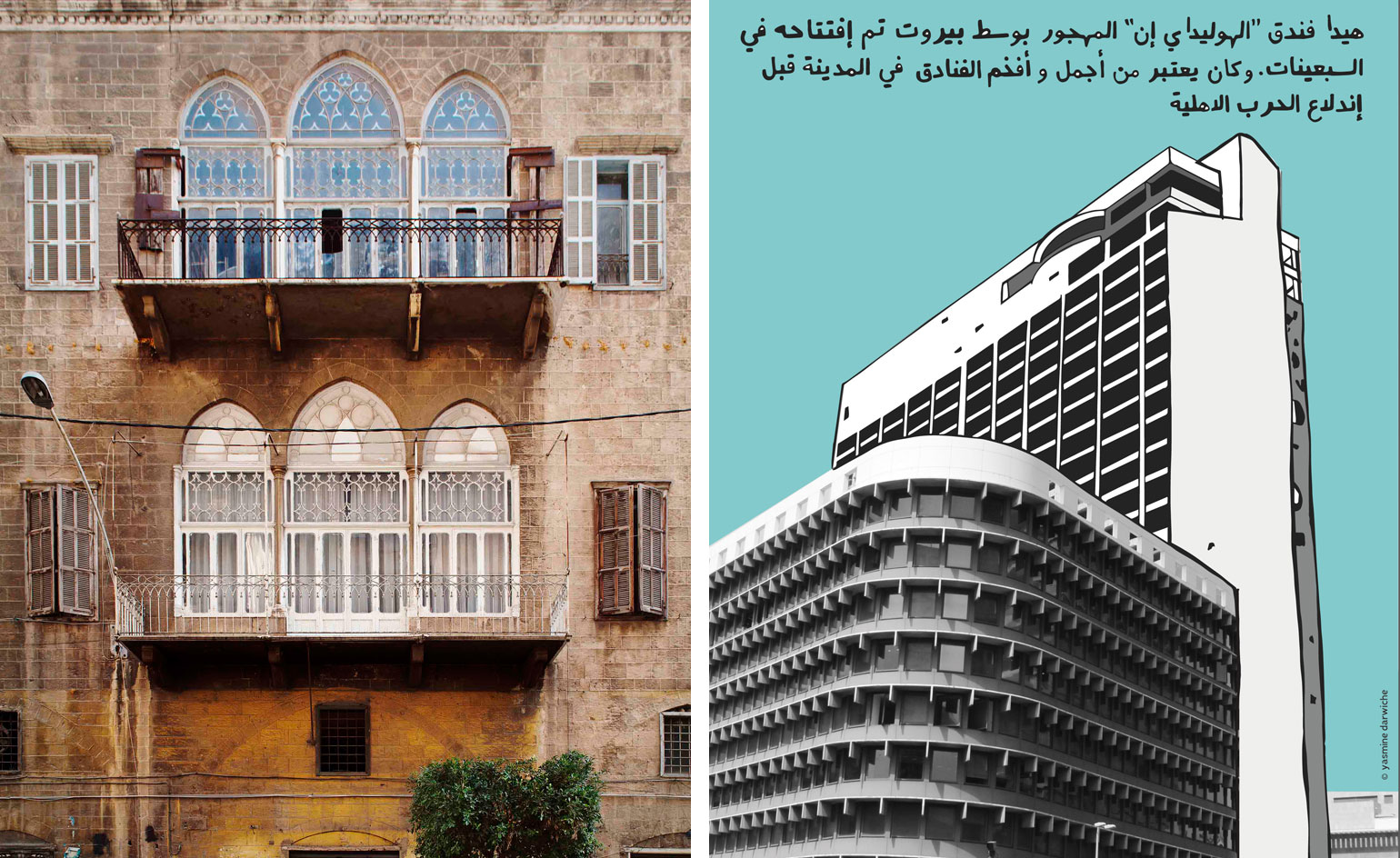
Left, the north façade of the Ottoman mansion that will be restored by AKK, the practice founded by Annabel Karim Kassar. The project will complete in 2019. Right, Beirut-based graphic designer Yasmine Darwiche created a series dedicated to the city’s abandoned monuments, including the Holiday Inn in the central Minet el Hosn neighbourhood. The hotel operated for only one year before the civil war broke out in 1975
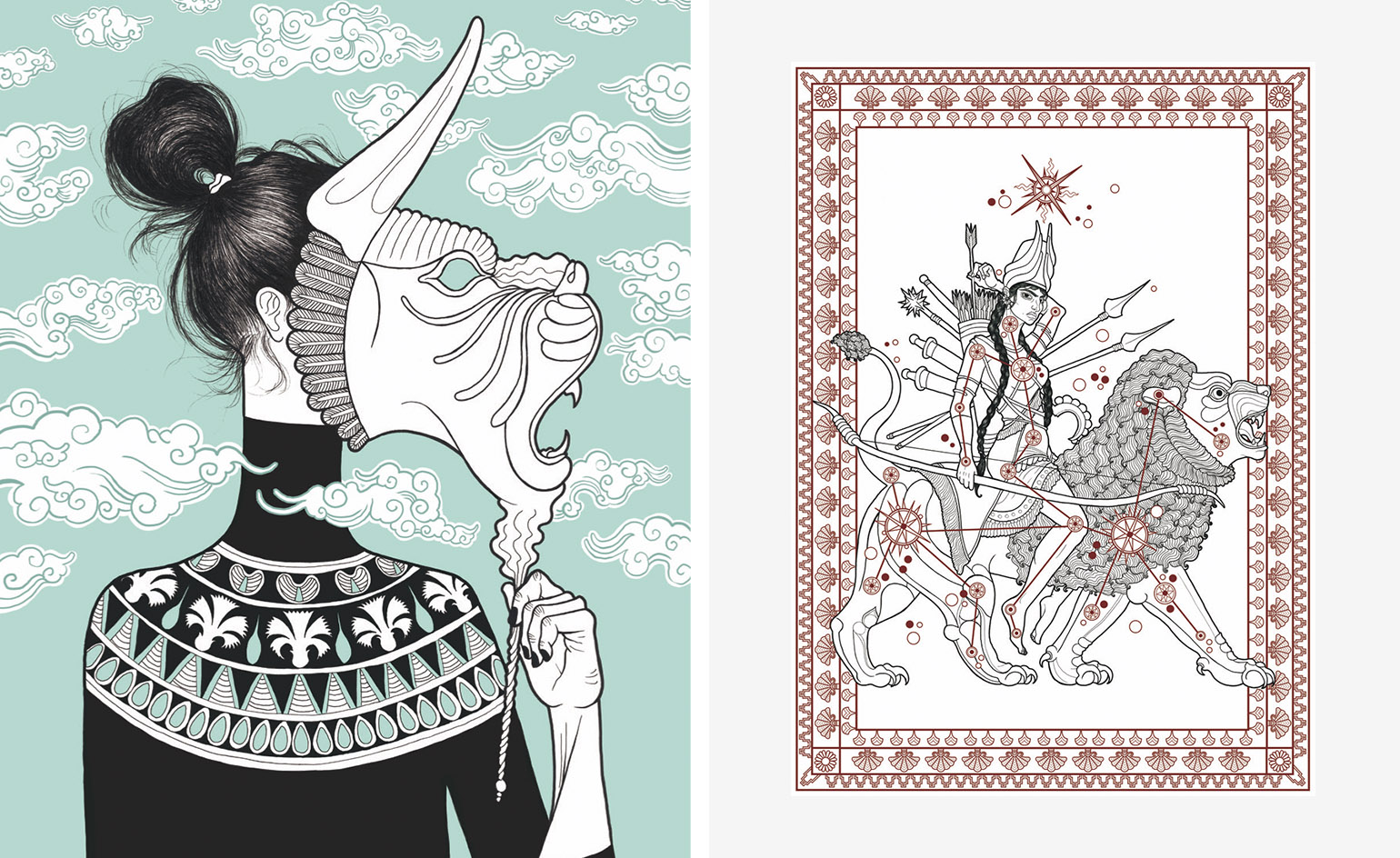
Left, portrait by Beirut-based graphic designer and archaeology graduate Rana Zaher, which symbolises the idea of people who wear masks in order to hide their true selves. The mask here is derived from an Assyrian lion stone relief. Right, this ink drawing of Mesopotamian goddess Ishtar looking fierce and fearless is also by Zaher who in this series celebrates ancient cultures from the Near East and their rich visual legacies
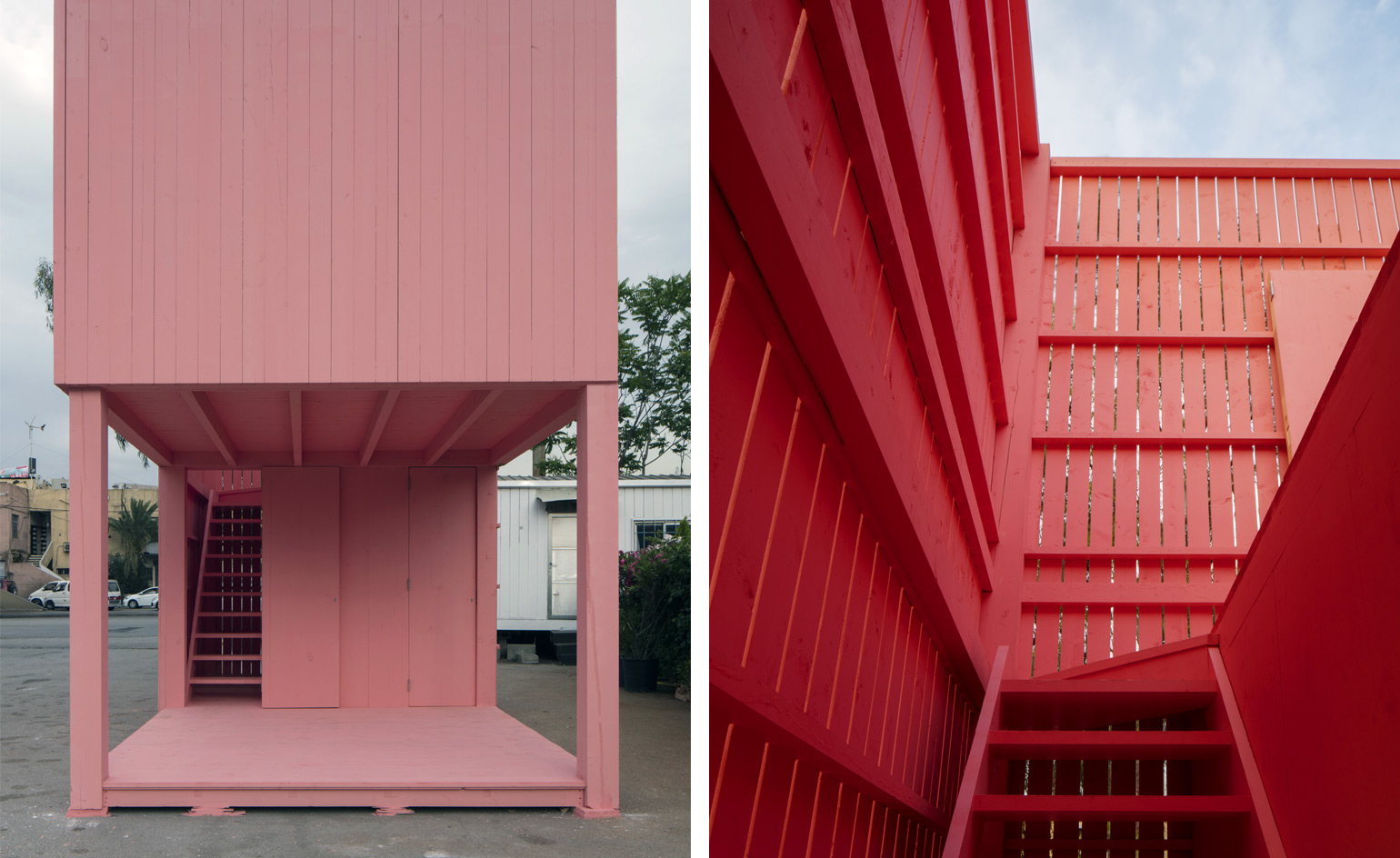
The Silent Room by Beirut-based artist Nathalie Harb was created by London-based architects BÜF and included a minimalist urban soundtrack by Khaled Yassine. The installation proposed silence as an act of resistance, and examined the need for shelter from the constant surveillance and self-surveillance of a hyper-information society.
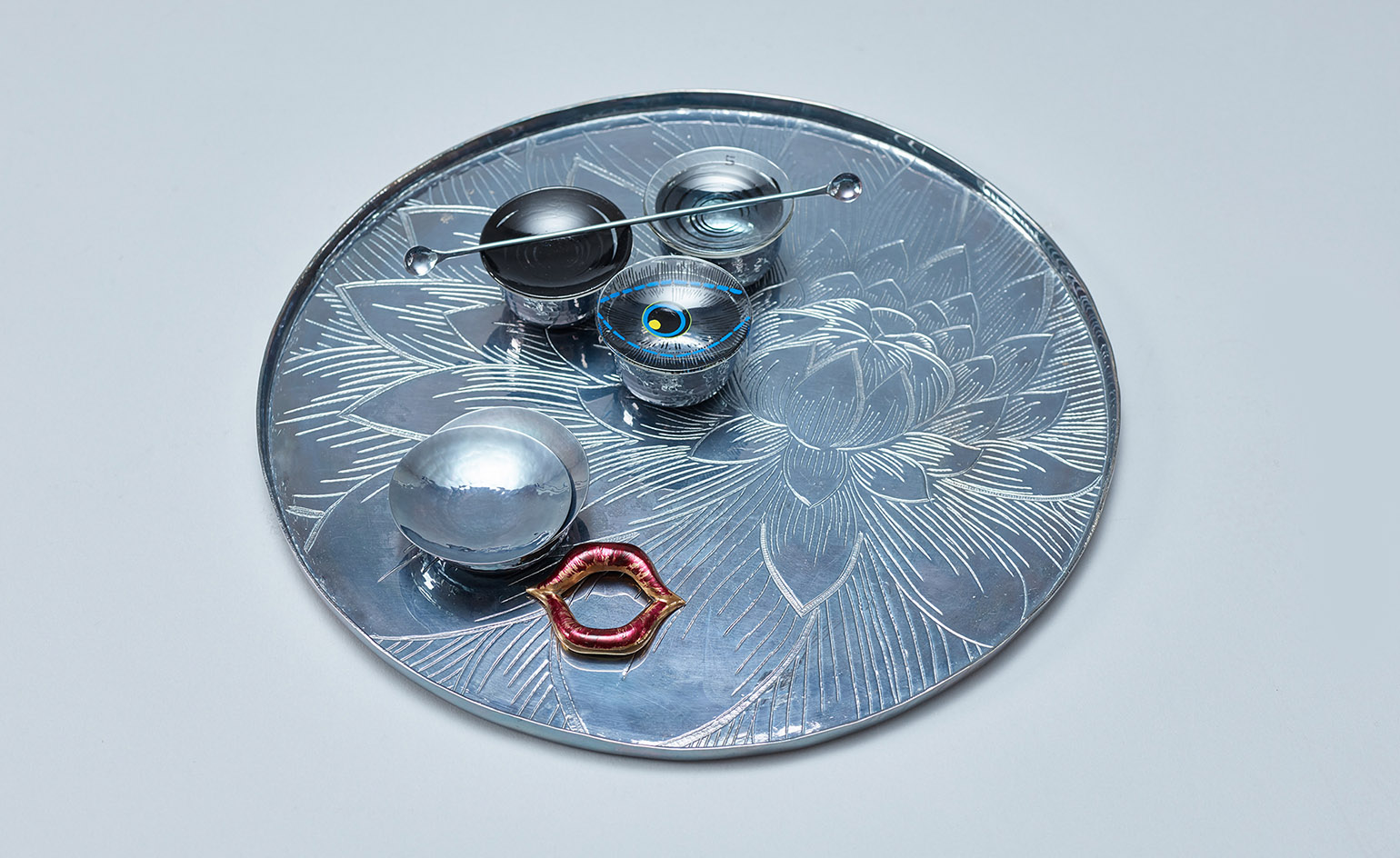
Viennese studio Zerunianandweisz showed ‘Full House’, a series of tabletop items based on the idea of sharing and hospitality. The individual pieces are sourced from vintage markets and stores around the world and made by craftspeople in Tripoli (Lebanon) and Algeria and artisans from the Roma community in Transylvania.
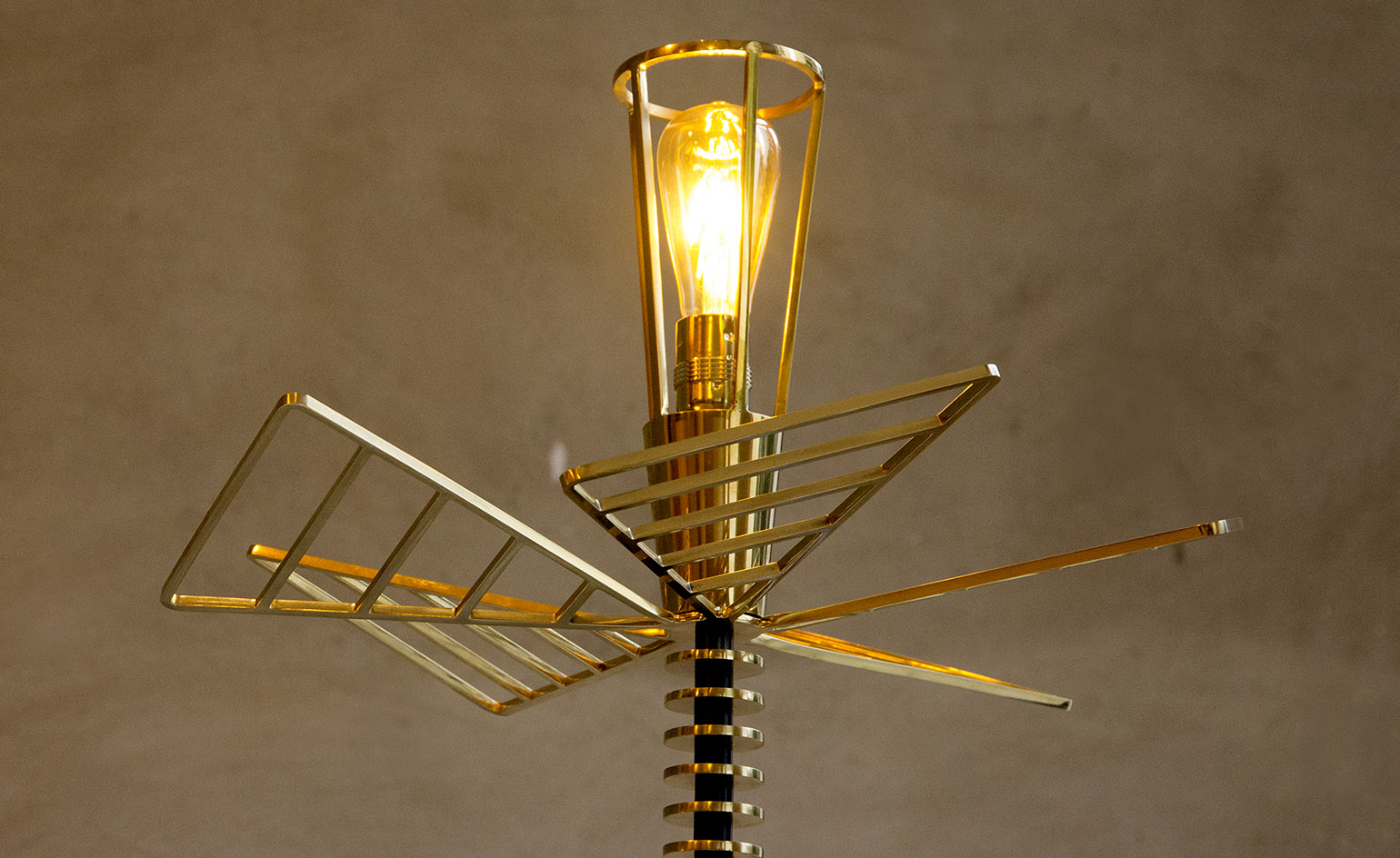
The limited-edition ‘Wire Blossom’ lighting by Aleph Studio takes its cues from the shape of a blooming flower. Courtesy of Mena DRC
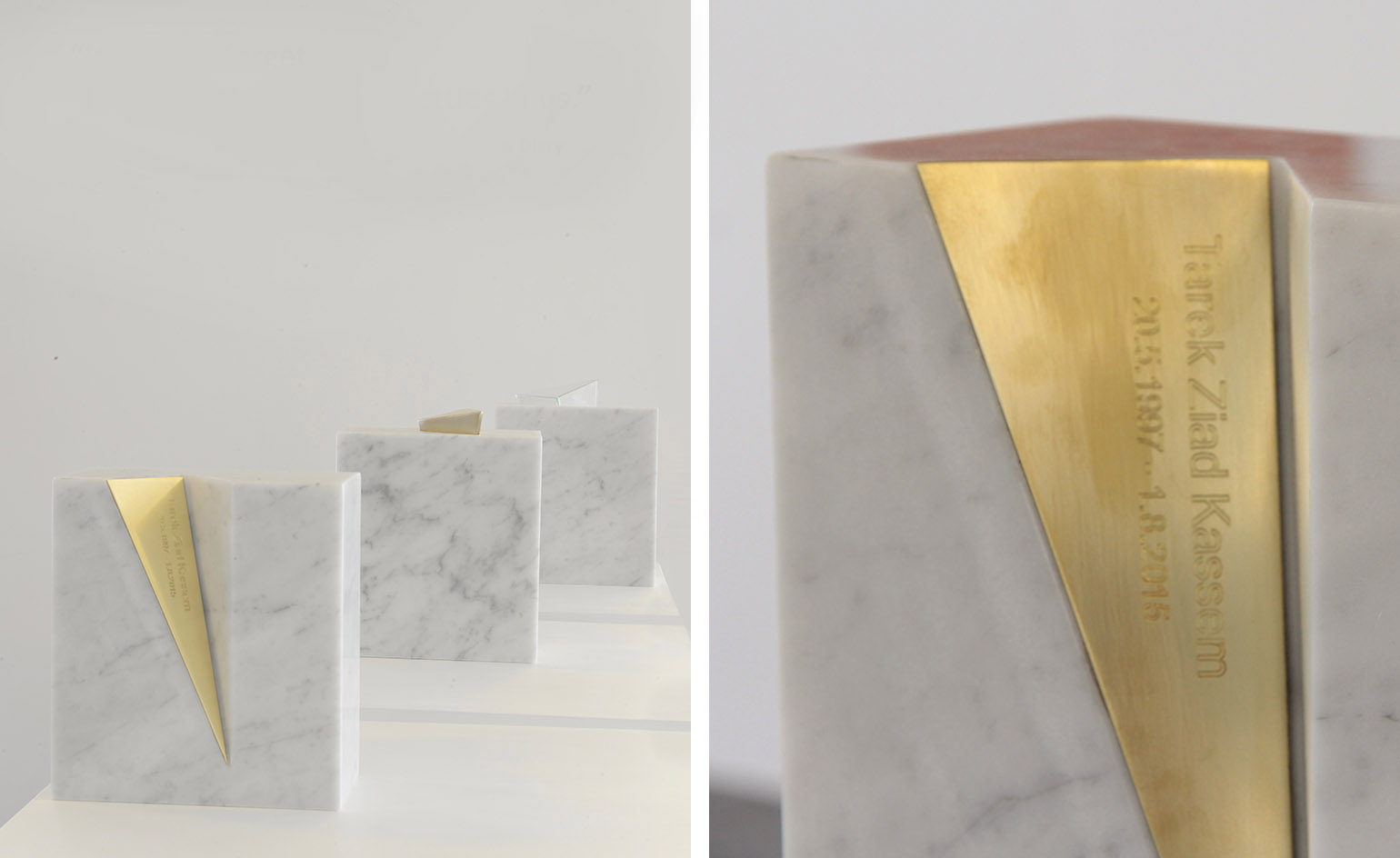
Perpetual Presence was a series of sculptural memorials created by architect and designer Karma Dabaghi to allow people to grieve and mourn the loss of loved ones. The name of the deceased is etched in copper and placed in a void that reflects the invisible wound and pain of this ‘absent presence’
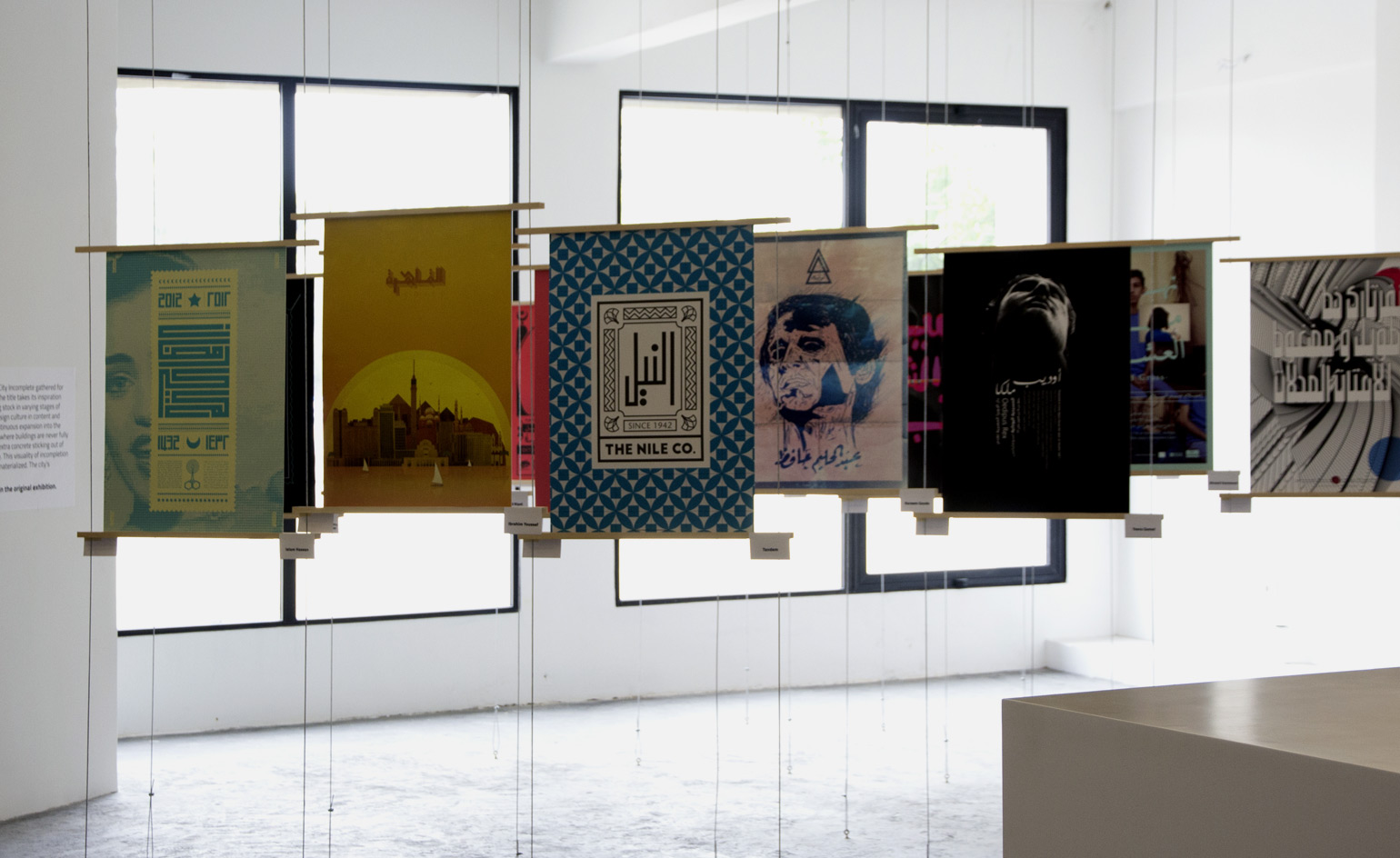
Posters from the ‘Cairo Now’ exhibition on show at KED (originally launched at Dubai Design Week). Courtesy of Mena DRC
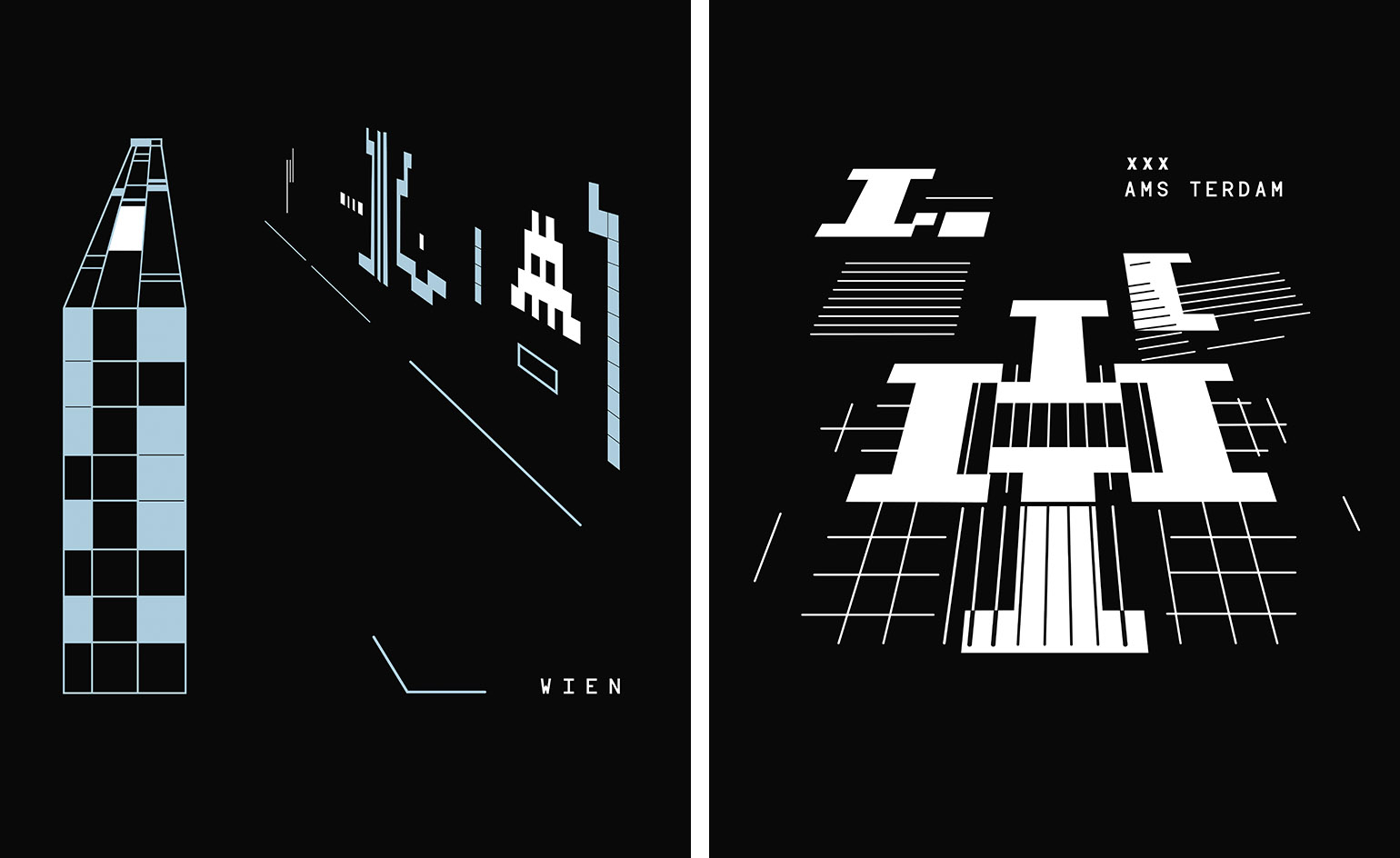
Designer Stephy Ibrahim explored patterns, rhythms and textures in cities she has visited – or intends to – in ‘Saturn in Motion’. Courtesy of Mena DRC
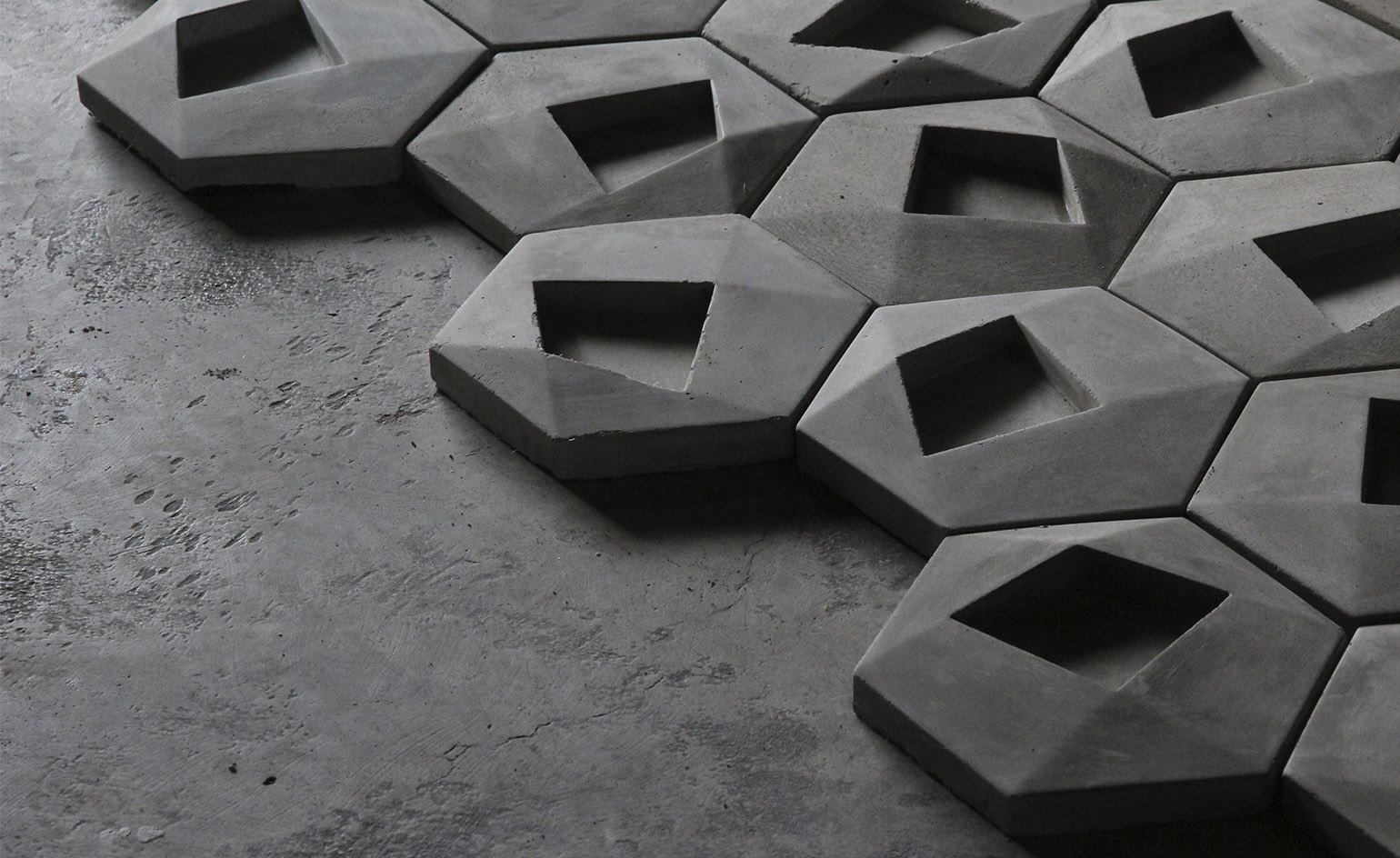
On view as part of the Beirut Makers exhibition, Toufic Matta’s 3D-printed tiles are made out of concrete, 40 per cent recycled glass, construction rubble and debris. Courtesy of Mena DRC

Industrial designer Charbel Jreijiri realised the laser-cut aluminium ‘Monolitt’ floor lamp (left) and ‘Quinque’ table lamp (right). Courtesy of Mena DRC
INFORMATION
For more information, visit the Beirut Design Week website
Wallpaper* Newsletter
Receive our daily digest of inspiration, escapism and design stories from around the world direct to your inbox.
Giovanna Dunmall is a freelance journalist based in London and West Wales who writes about architecture, culture, travel and design for international publications including The National, Wallpaper*, Azure, Detail, Damn, Conde Nast Traveller, AD India, Interior Design, Design Anthology and others. She also does editing, translation and copy writing work for architecture practices, design brands and cultural organisations.
-
 Marylebone restaurant Nina turns up the volume on Italian dining
Marylebone restaurant Nina turns up the volume on Italian diningAt Nina, don’t expect a view of the Amalfi Coast. Do expect pasta, leopard print and industrial chic
By Sofia de la Cruz
-
 Tour the wonderful homes of ‘Casa Mexicana’, an ode to residential architecture in Mexico
Tour the wonderful homes of ‘Casa Mexicana’, an ode to residential architecture in Mexico‘Casa Mexicana’ is a new book celebrating the country’s residential architecture, highlighting its influence across the world
By Ellie Stathaki
-
 Jonathan Anderson is heading to Dior Men
Jonathan Anderson is heading to Dior MenAfter months of speculation, it has been confirmed this morning that Jonathan Anderson, who left Loewe earlier this year, is the successor to Kim Jones at Dior Men
By Jack Moss
-
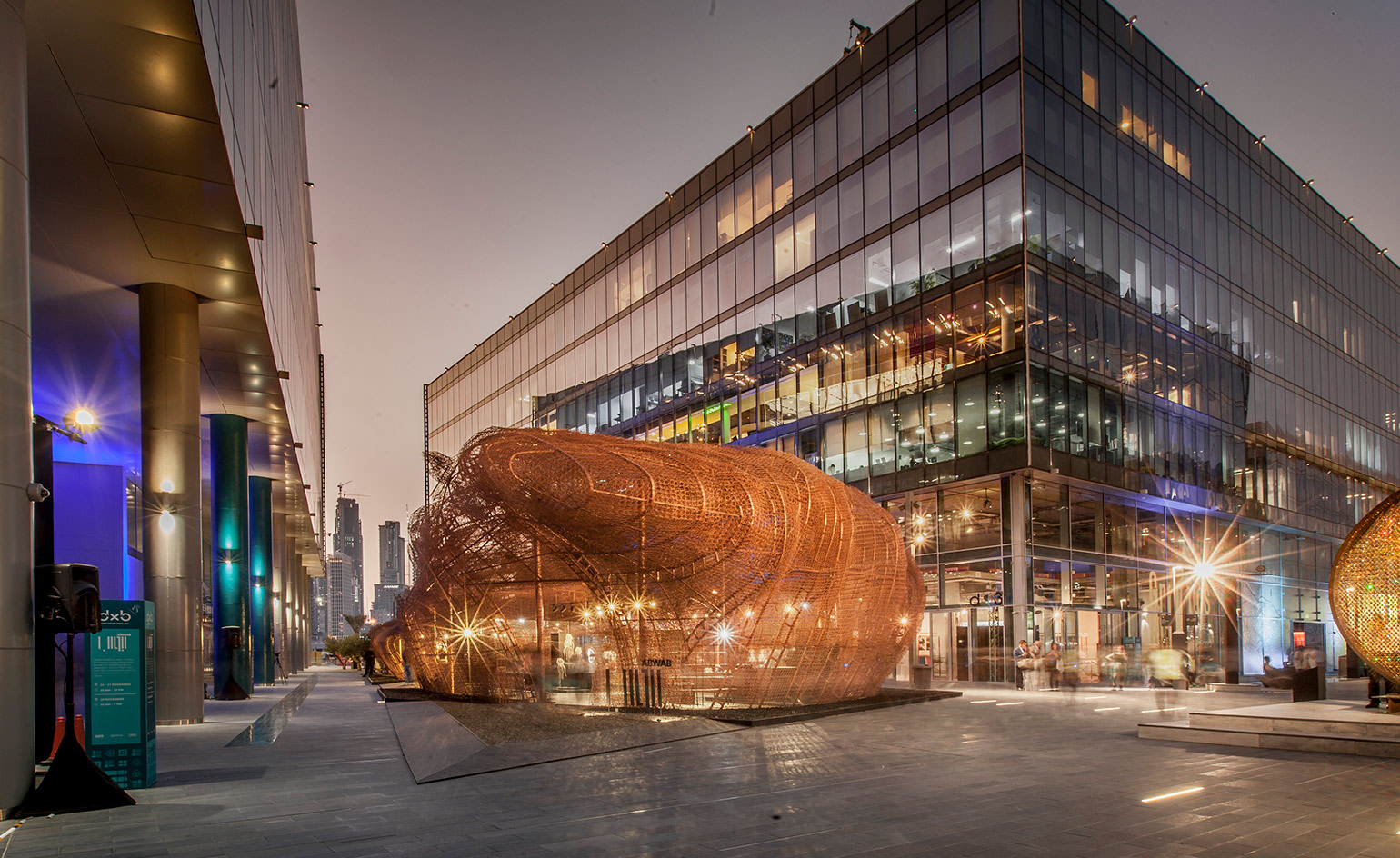 Creative dispatches: highlights from Dubai Design Week 2017
Creative dispatches: highlights from Dubai Design Week 2017By Becky Sunshine
-
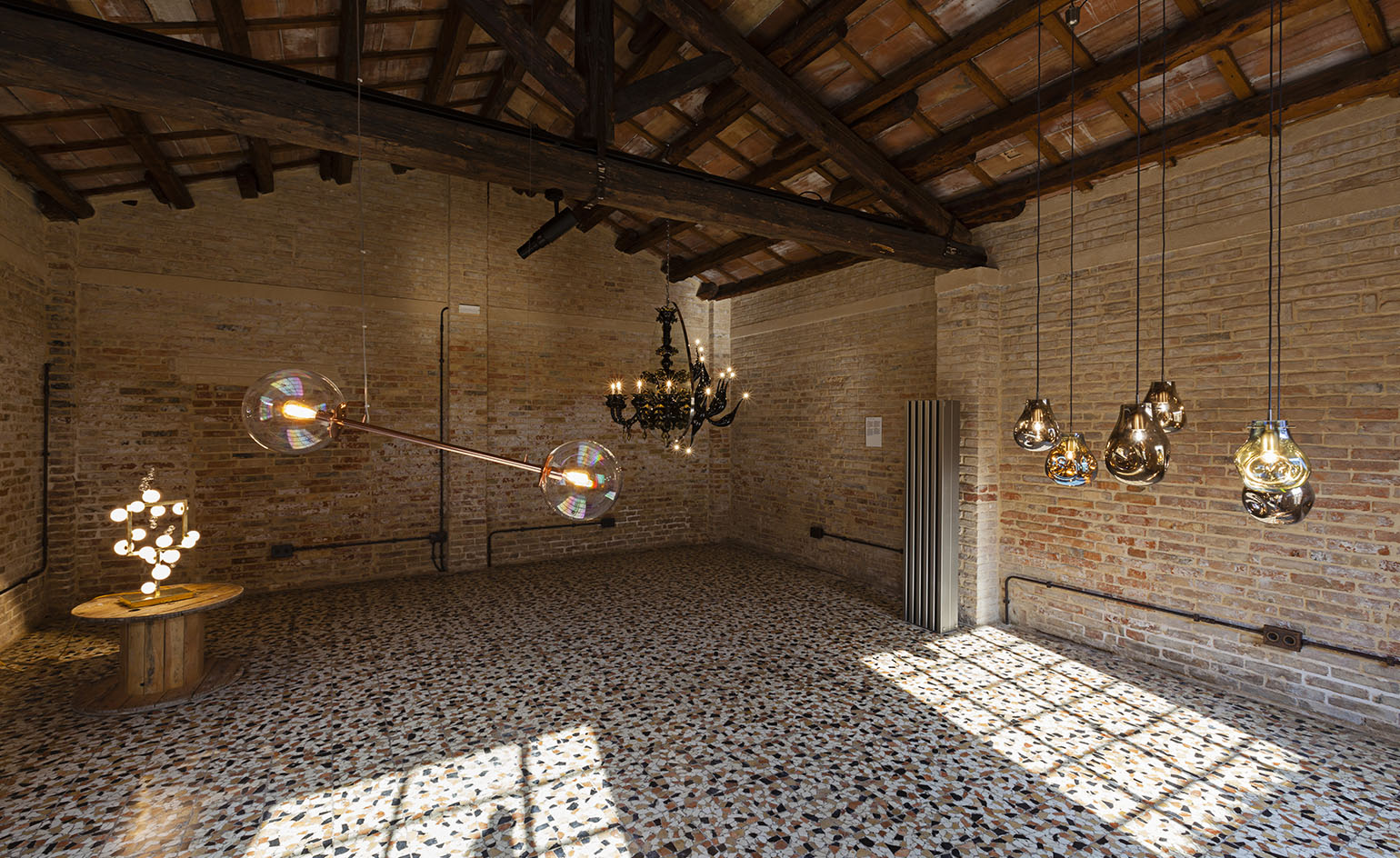 The inaugural Venice Glass Week celebrates the beating heart of the city
The inaugural Venice Glass Week celebrates the beating heart of the cityBy Ali Morris
-
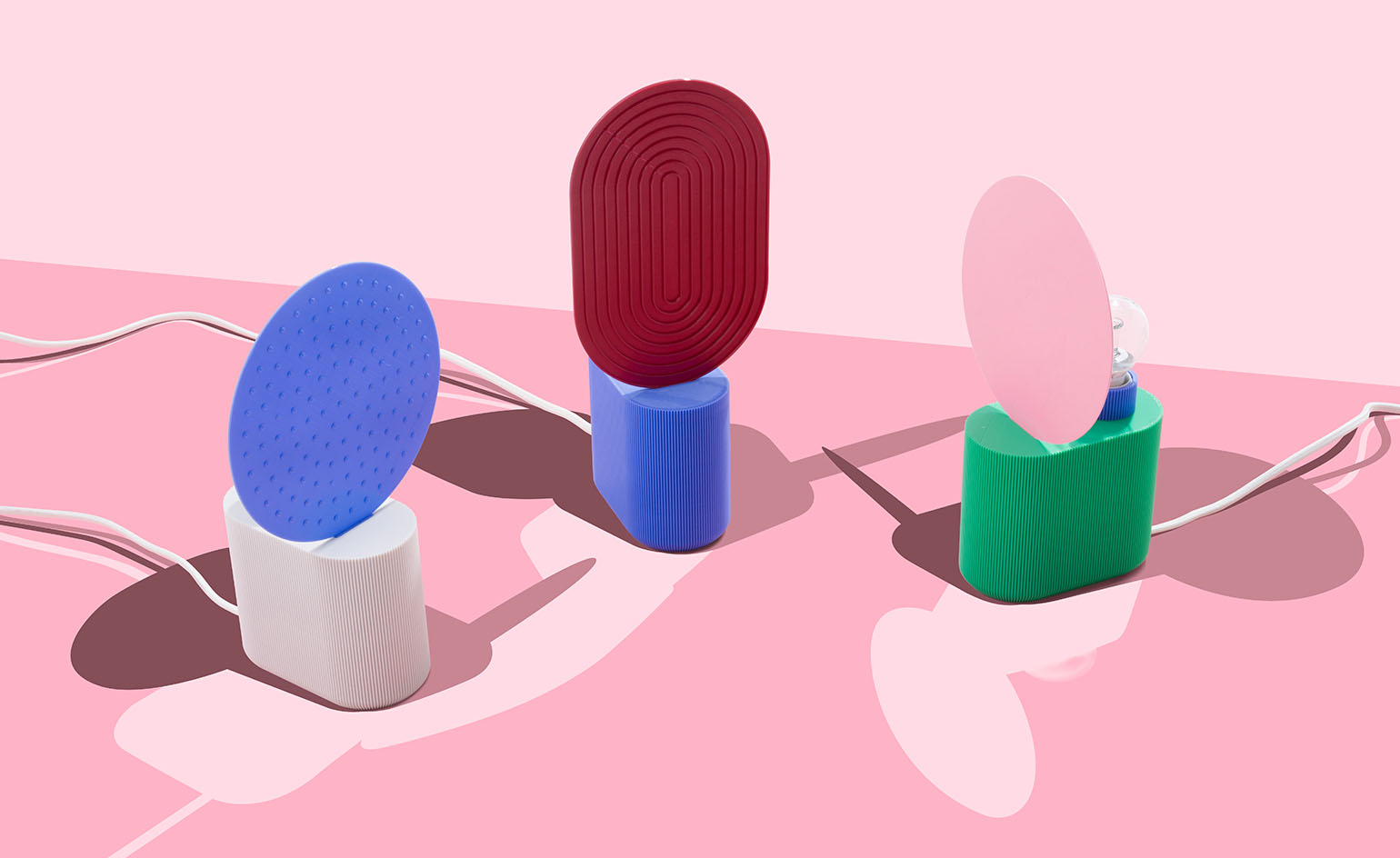 Emerging talents and canny collaborations steal the show at Maison et Objet 2017
Emerging talents and canny collaborations steal the show at Maison et Objet 2017By Emma Moore
-
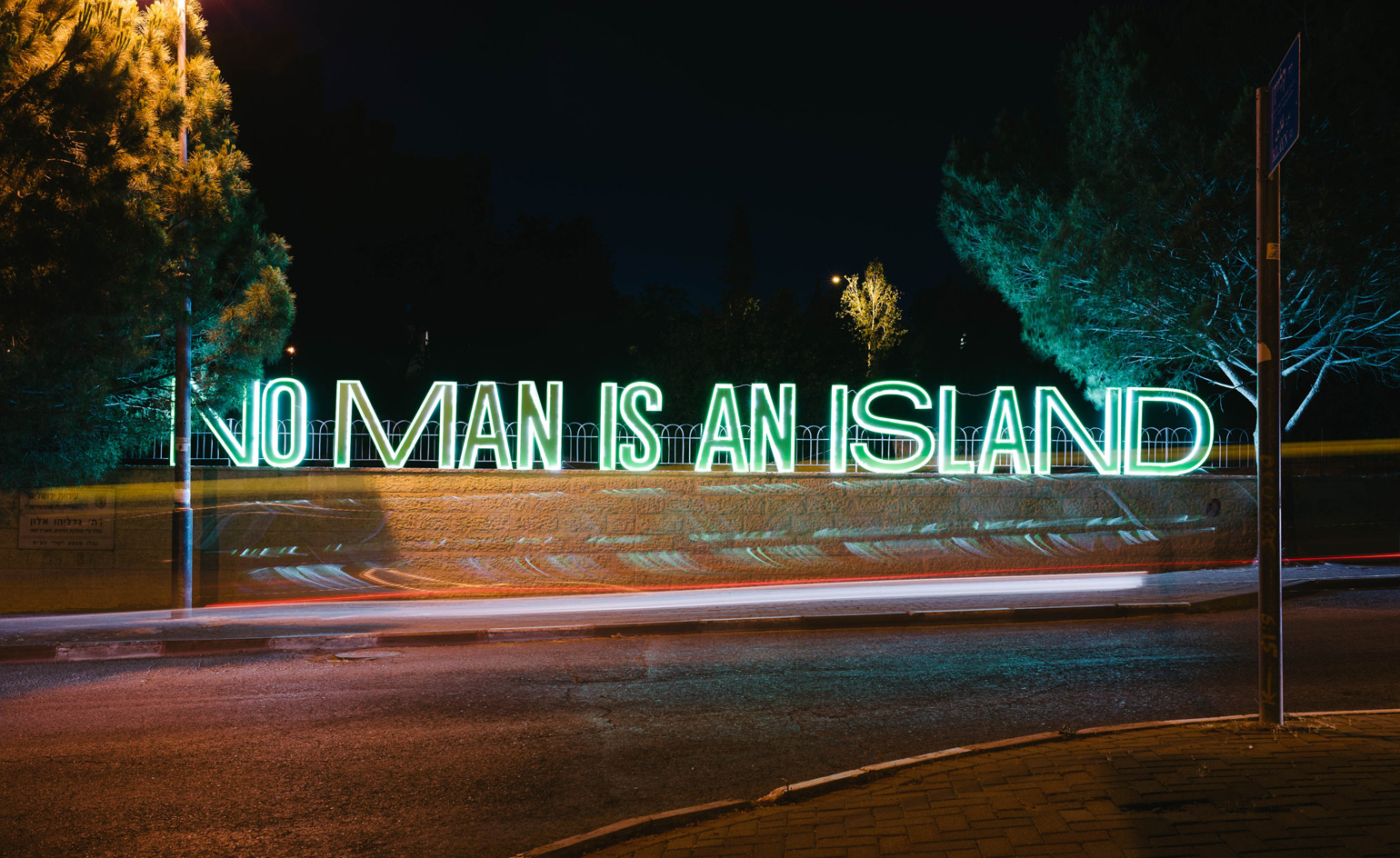 Jerusalem’s nascent design scene is small but certainly determined
Jerusalem’s nascent design scene is small but certainly determinedBy Ali Morris
-
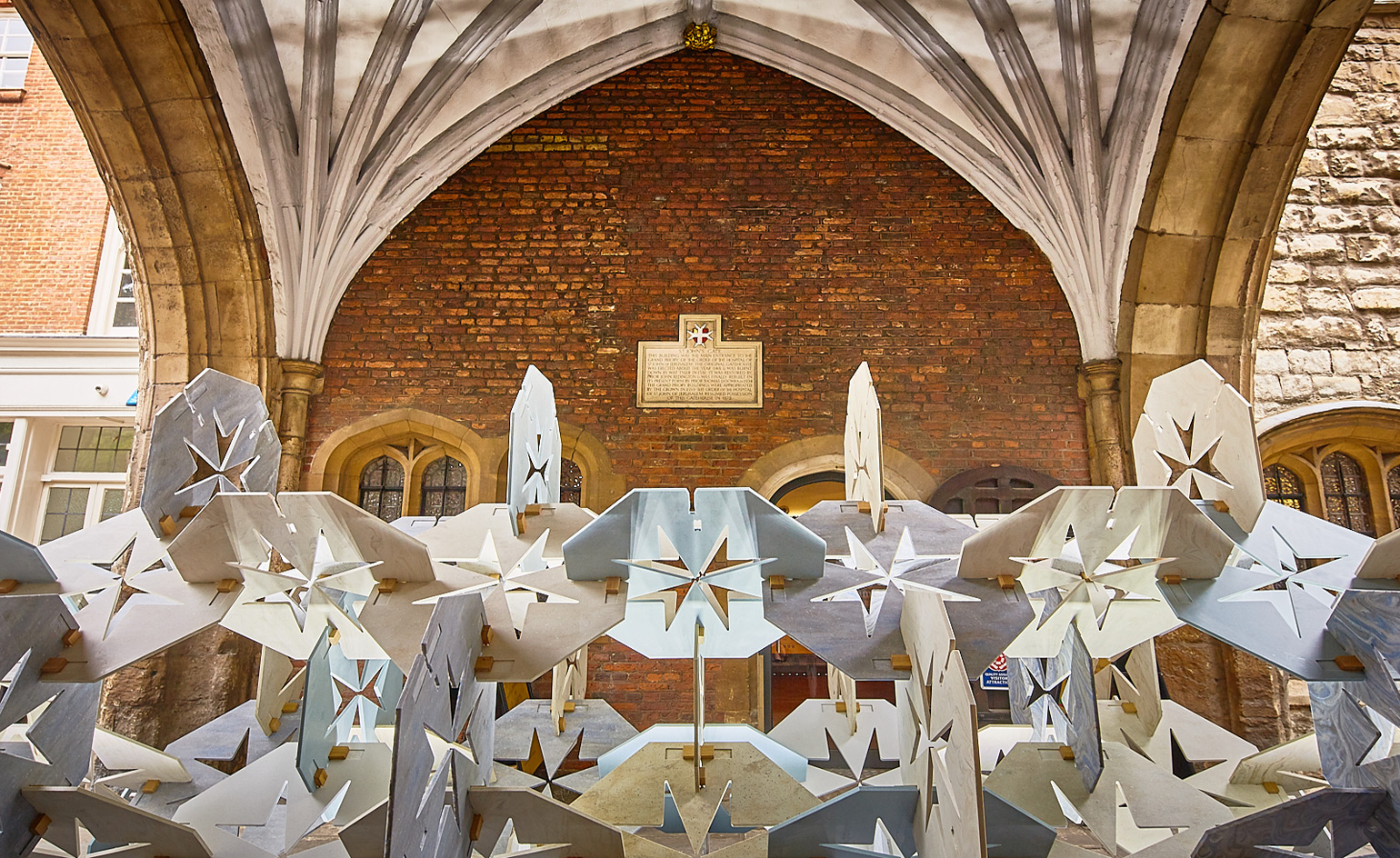 From prisons to nightclubs, Clerkenwell Design Week 2017 set an ecletic stage
From prisons to nightclubs, Clerkenwell Design Week 2017 set an ecletic stageBy Ali Morris
-
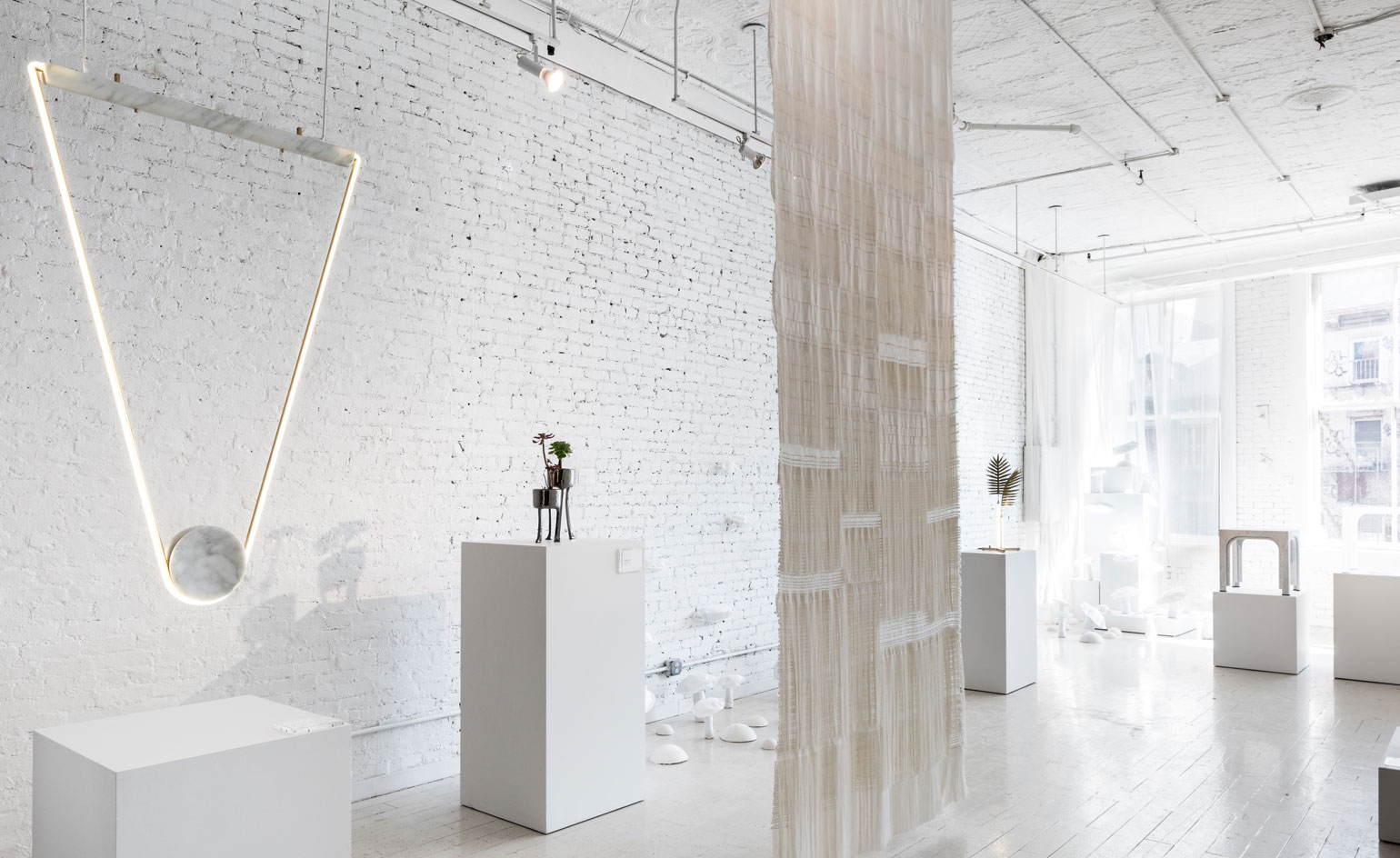 Home comforts: secrecy and private sanctuaries ruled NYCxDesign 2017
Home comforts: secrecy and private sanctuaries ruled NYCxDesign 2017By Julie Baumgardner
-
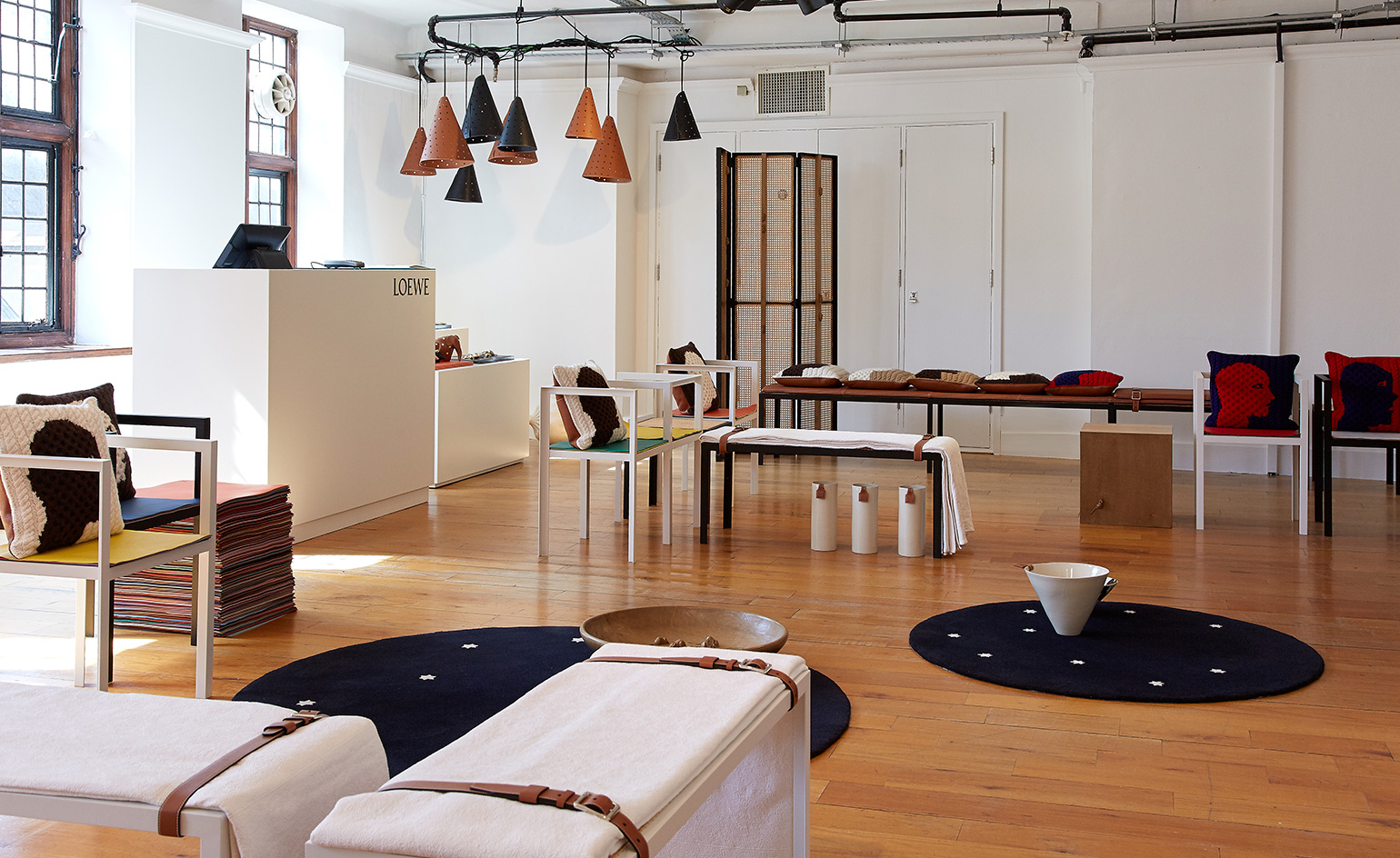 Now in its third year, London Craft Week is bringing genre-busting makers firmly to the fore
Now in its third year, London Craft Week is bringing genre-busting makers firmly to the foreBy Sujata Burman
-
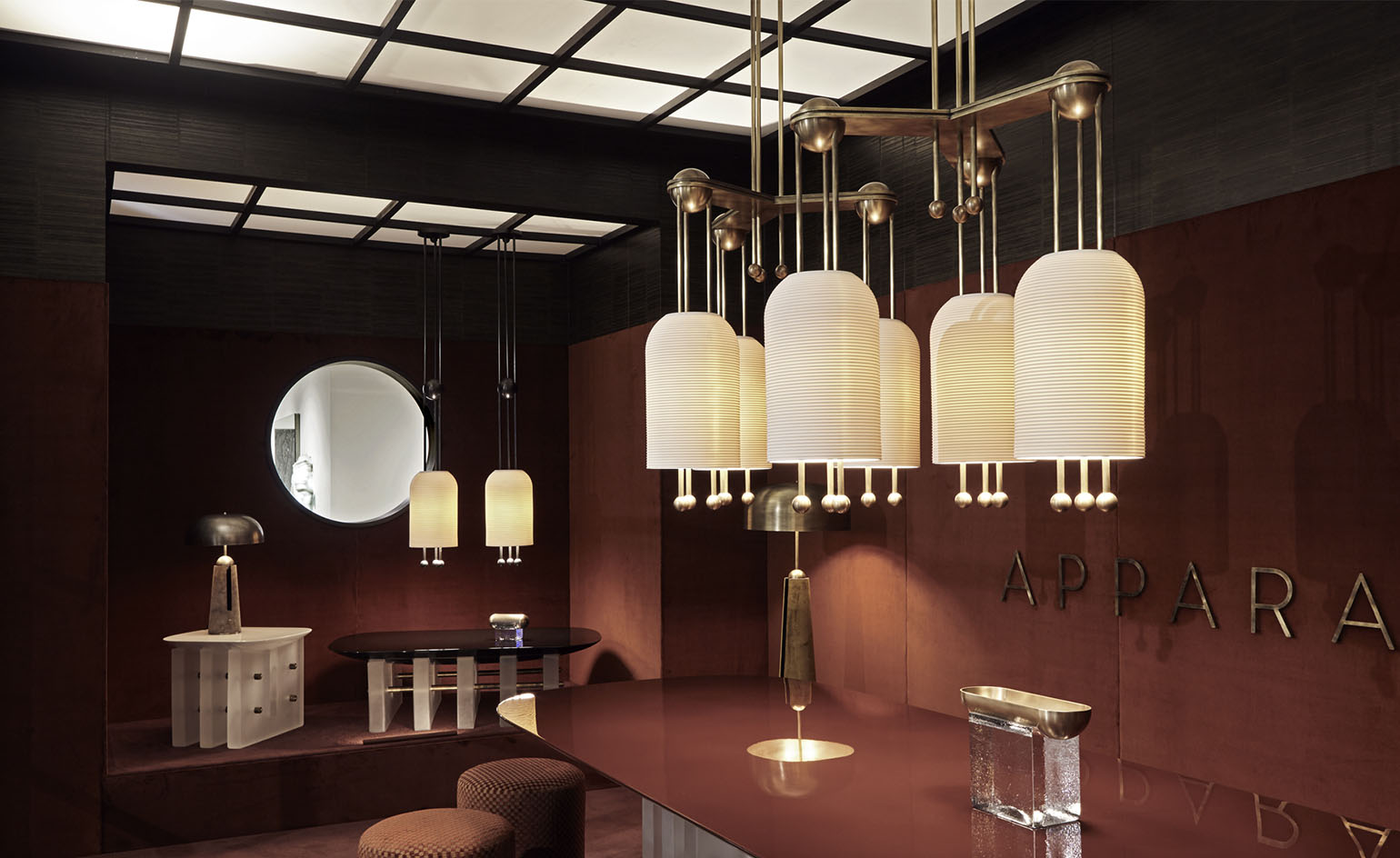 Green thumbs: Collective Design Fair 2017 takes a bucolic bent
Green thumbs: Collective Design Fair 2017 takes a bucolic bentBy Julie Baumgardner